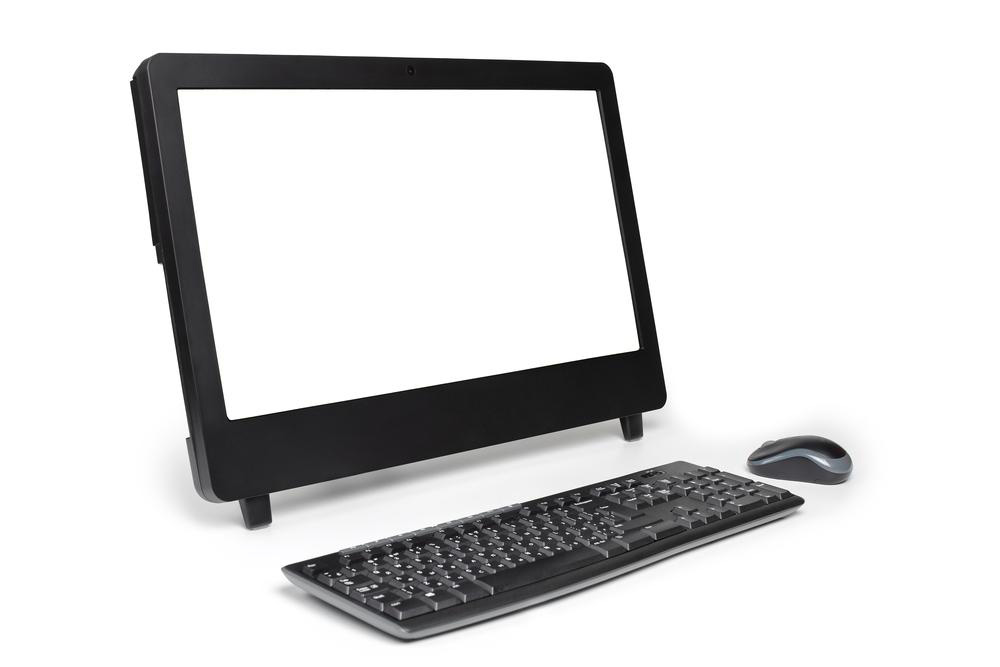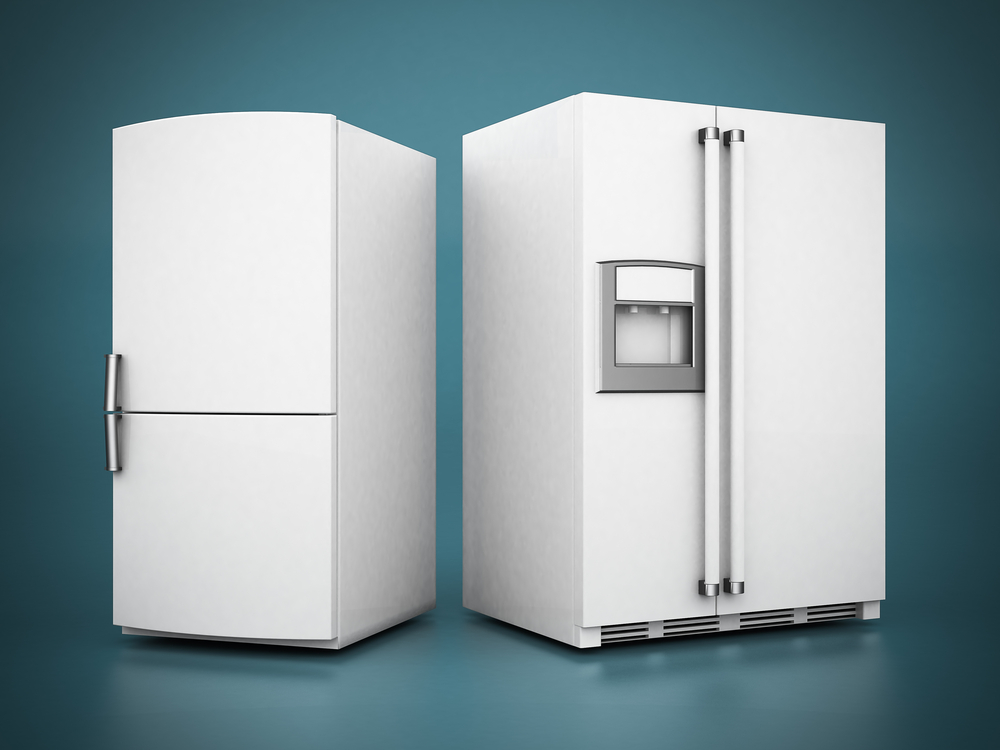Modern All-in-One Computers: Combining Sleek Design with Cutting-Edge Performance
Explore the evolution of all-in-one computers, from their early beginnings to modern sleek designs. Learn about their features, benefits, and top models suitable for various needs. Discover how these integrated systems are transforming personal and professional computing with advanced performance, stylish aesthetics, and multimedia capabilities, making them an essential choice for today’s tech-savvy users.

Modern All-in-One Computers: Combining Sleek Design with Cutting-Edge Performance
All-in-one computers have revolutionized the way we approach personal and professional computing by seamlessly integrating the display and internal hardware into a single, streamlined device. Unlike traditional desktop setups with separate monitor and tower, these systems prioritize space-saving design, aesthetic appeal, and user convenience. Since their inception, all-in-one computers have undergone significant transformation, adapting to the latest technological advancements to meet the evolving needs of modern users.
The roots of all-in-one computers trace back to pioneering models from the 1980s, such as the Compaq Portable and Osborne 1, which set the foundation for integrated personal computing. These early machines were bulkier and less refined, but they showcased the potential of combining hardware components within a single enclosure. As technology progressed, manufacturers began producing sleeker, more user-friendly models, with the advent of the iconic Apple iMac in 1988 serving as a milestone. The iMac not only emphasized innovative design but also pushed the boundaries of performance and usability, inspiring competitors to follow suit.
Today, all-in-one computers are more than just space-efficient devices—they are versatile multimedia hubs capable of handling a broad spectrum of tasks. Modern designs feature ultra-slim profiles, high-resolution touchscreens, and powerful processors that support demanding applications. Users today leverage these systems for casual browsing, digital entertainment, professional work, and creative pursuits. The inclusion of touch-enabled displays has transformed user interaction, making these devices more intuitive and engaging—perfect for both work and leisure.
In response to market demand, manufacturers now offer a diverse range of all-in-one models to cater to various needs and budgets. Premium devices focus on high-end aesthetics, integrated graphics, and immersive display quality, suitable for creative professionals and gamers. Budget-friendly options provide reliable performance without sacrificing essential features, making them ideal for students, home users, or small businesses. Notable current market leaders include Lenovo’s IdeaCentre A600 and Dell’s Studio One 19, which combine stylish design with robust functionality.
Additional features that have gained popularity include built-in webcams, multiple USB ports, and integrated speakers, turning these computers into all-in-one entertainment systems. Some models incorporate advanced multimedia capabilities, supporting 4K displays, VR readiness, and sound systems that deliver cinematic-quality audio experiences. As technology continues to evolve, we see an increasing emphasis on portability, energy efficiency, and modular components, allowing users to customize and upgrade their systems more easily.
When considering the purchase of an all-in-one computer, it’s important to evaluate your specific needs. For everyday tasks like browsing, email, and document editing, mid-range models such as the HP All-in-One 23-RO11 or Dell Inspiron 3459 provide excellent value. For creative professionals or those requiring high performance, premium systems featuring powerful processors, dedicated graphics, and large high-resolution displays are recommended. Additionally, compatibility with peripherals, connectivity options, and future upgrade potential should be factored into the decision-making process.
In summary, modern all-in-one computers are a perfect blend of style and functionality, designed to meet the demands of contemporary users who seek efficiency without sacrificing aesthetics. Whether used in homes, offices, or creative studios, these devices continue to evolve, offering new features and smarter design solutions that enhance productivity and entertainment experiences. As technology progresses, all-in-one systems are set to become even more integrated, powerful, and user-friendly, ensuring their relevance in an increasingly digital world.





